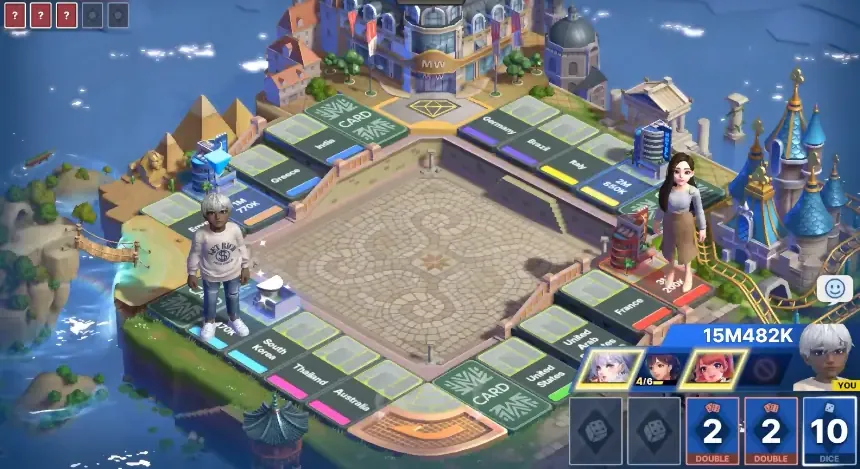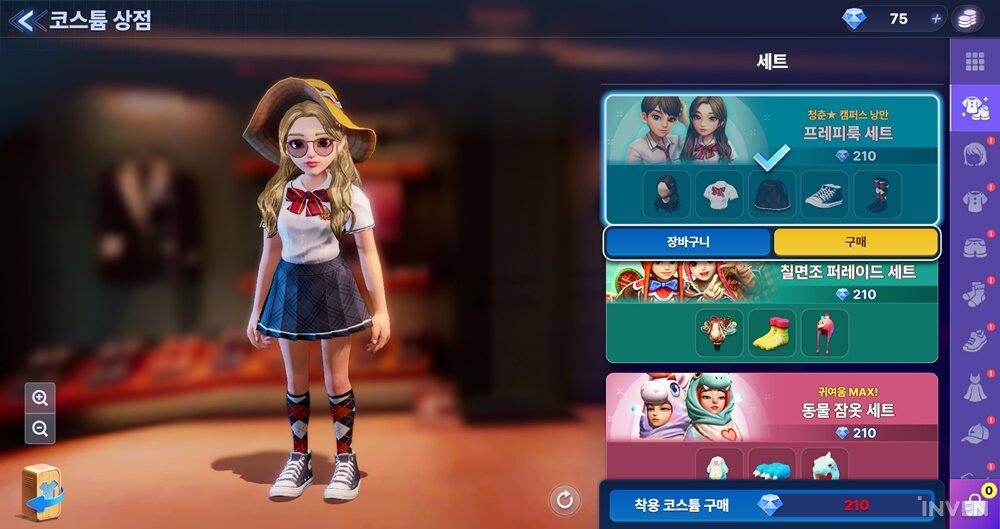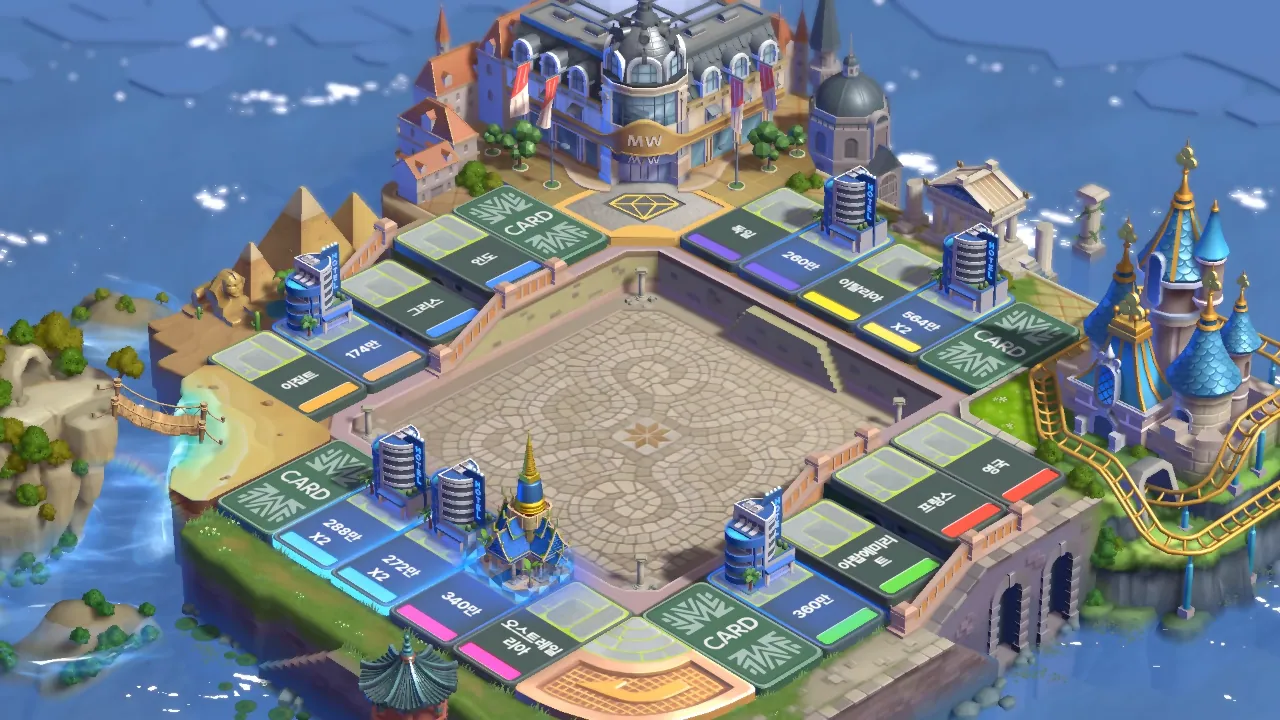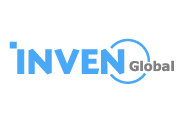
Meta World: My City, which is the successor of Everybody's Marble, was launched on Apr. 19 globally. Due to regulations on blockchain games, some countries like Korea were excluded. As a game following an 11-year-old game, almost everything was upgraded compared to its predecessor.
From much better graphics to character (skills) system was renewed. It goes the same with the dice rules, which is the key to Monopoly-style games. With rules distinguished from the previous version, it has proved that it's not just another Everybody's Marble with better graphics.
You can't leave out the fact that it's a blockchain game. As its name suggests, the metaverse is key content to Meta World. Users can play board games while enjoying the metaverse space based on actual cadastral maps, constructing buildings and dealing real estate. Obviously, the most important part is 'fun'. While there are many Web3 games that forgot that games should be fun, let's have a look at how Meta World: My City is.

Meta World succeeds the old game well while improving strategic assets even more. From the dice system, which is the key to board games, to character skills — the game is designed to be similar to its predecessor, but there are new things to enjoy.
In Everybody's Marble, there weren't any ways for players to intervene with what they roll directly — there were special dice, or players had to use characters that affected dice to get an advantage, but it was just an advantage. After all, it depended on luck.
This dice system has been changed completely — players gain cards every turn. This minimizes the play relying on luck to a minimum so the strategic point of the game is strengthened. The games are now played to find the best win condition in the current situation and to select the best card for it.

▲ The outcome of rolling the dice is decided by the cards, so it has become much more strategic.
Although it has been changed, luck hasn't gone away completely. In board games, it's not about just getting lucky. Some people play in a low-risk, low-return style, and some play to get lucky with a high-risk, high-return style, and luck can flip the results.
That being said, luck affects strategy as well. In Meta World, the luck asset has been incarnated in the game through the number of eyes in the dice cards. By keeping some of the randomness, it includes both the strategic and luck assets of the game. Luck affects the game much less now, so strategic choices have become much more important in Meta World — from which characters should be included in the deck to win strategy.
Characters are similar to Everybody's Marble. There are many different character tiers, and each character has different costs, passive skills, and active skills, so you'll need to compose your deck strategically. When you're just starting, it's advantageous to form your deck with common tier cards, which have low costs. Rather than using one strong skill, it's better to support your play with diverse skills. Jenny&Frank, which is a common tier character, is one of them. You can use the 10-12 dice card skill to get out of pinches or get an advantage.


There are cards like legendary Sophie, epic Raquin, and rare Katrina, which are good in many different ways, although you would have to spend a lot. Sophie and Katrina can move to a block of choice, and Raquin can buy out an opponent building with double the price, so they are useful when playing both offensively and defensively. There are other skills that are helpful besides mobile skills. Shu steals opponent's marbles to interfere with their play or make them bankrupt, and Estelle and Mirage interfere with the opponent from arriving at a certain block with Ice Blocks and Bubbles.
Obviously, higher-tier characters cost more, so you can't include all of them in one deck. This means that you have to mix and match. For example, when you use one of the aforementioned mobile skill characters, you should include a character like Seulgi to support your deck by earning marbles.
The cost limit and diverse deck possibilities made the game more complete. It's not just about filling your deck with great characters, it's more about making the deck efficient according to the cost — not P2W, but players' strategies are important in winning and losing.


There are three main ways to win in Meta World: bankruptcy, line monopoly, and construction points. If you want to win by making your opponent bankrupt, you should compose your deck with characters that can interfere with where the opponent wants to go, like Mirage, and ones that increase the opponent's toll. If you're going for line monopoly or construction points, you want your deck to have mobile skills and skills that reduce your own toll or buyout costs.
All of this is combined in Meta World, and compared to its predecessor, which had all kinds of characters and items, it has become much more fair and strategic. Obviously, good characters have an edge, but with the cost limit, it's not just about good characters anymore — deck compositions are important. Overall, it's fully devoted to the essence of board games with a good mix of luck and strategy.

One of the main content is the board game, but Meta World is also a metaverse game. You'll be able to see that they gave a lot of thought to this. First, you'll find that you can customize your playable character — your avatar — a lot. There are many costumes to fit on your avatar as well. From general costumes like office outfits or casual fashion to dolls, ski outfits, and dresses — even armor. You can suit your character to fit your tastes.
If you have finished decorating your avatar, it's time to enjoy the Web3 content — the actual Meta World. As you can see in its name, 'world', Meta World stands for the virtual metaverse world. The metaverse world is based on cadastral maps, and players can deal real estate and make profits here like in reality.

There are two major ways to make profits in Meta World. First is staking rewards. If you own real estate, you can gain Meta Cash (tokens) or crystals as a reward every day. If you upgrade your building and raise its appraised value, the reward gets bigger. However, there's a con to this way — like in reality, it takes a long time to re-earn your initial investment.
The second way is a method you can earn big at once. It's using the value difference. This is divided into two ways again. The first is raising the real estate value. You can purchase a cheap building and raise its value by upgrading. If the building's value is appraised higher than 100K crystals, you can sell them for Meta Cash, and it can be sold at a higher price than the surrounding value.

If you don't have any buildings, going for real estate draw is the best way. Real estate draw is literally a draw, where you pay the initial price to enter the draw and wait for the result. Lands can be purchased about 50% cheaper, and lands with buildings can be purchased about 20% cheaper than the market price through the draw — if you win the draw, you can earn big through the market price difference.
Another way is auctioning. However, unlike the real estate draw, auctions are held with specific buildings. The projected market price is high, so competition is extremely high as well. The auctions are already quite expensive, so it's risky that it might not be dealt in the future. If you're lucky, you could sell a building you bought for 500K-600K crystals at 1M crystals, but since it's expensive, you should always be aware that there's less demand.

To do so, you'll need to have crystals. You can gain crystals by purchasing MBXL and exchanging them, or earn them through board games. However, you'll need to put in a significant amount of time and effort to earn them through board games. You have to win in the champion channel that opens at 8, 13, and 21 o'clock (KST) for three hours. The amount is small, and you need a channel entrance ticket every time you enter, so you should think it's just a small bonus. If you're aiming to make a profit, you should keep your eyes on real estate.

Meta World: My City includes Web2 in board games and Web3 assets as well. It's one of the few games that do both roles in Web2 and Web3 fully. You can enjoy the game without NFT, and the board game is actually quite flawless.
It improved the cons of its predecessor in many ways, and the strategic assets have good quality as well. Considering that many blockchain games aren't really fun as games, this is a big strength of Meta World: My City.
It shows that they put a lot of thought into the metaverse of Metaworld, which is Web3 content. Many blockchain games simply mine tokens as in-game content, so it didn't really feel like enjoying the game — it just felt like mining tokens through the game. However, Meta World divided this through the metaverse and minimized the effect on users that enjoy the board game, which also minimized the resistance on Web3. They made it enjoyable without the Web3 content.
However, it can't be said that it's perfect as a Web3 game. Since there isn't much content that can create revenue except real estate, they would need to add more content to show its identity as a Web3 game. The game being fun without having to know Web3 is its strength as well as its weakness, so hopefully, the game will become more complete as a fun Web3 game in the future.
Sort by:
Comments :0







